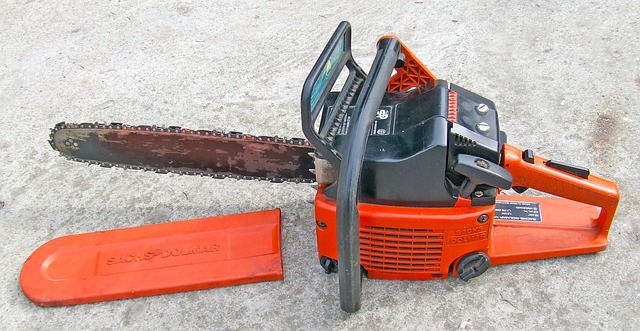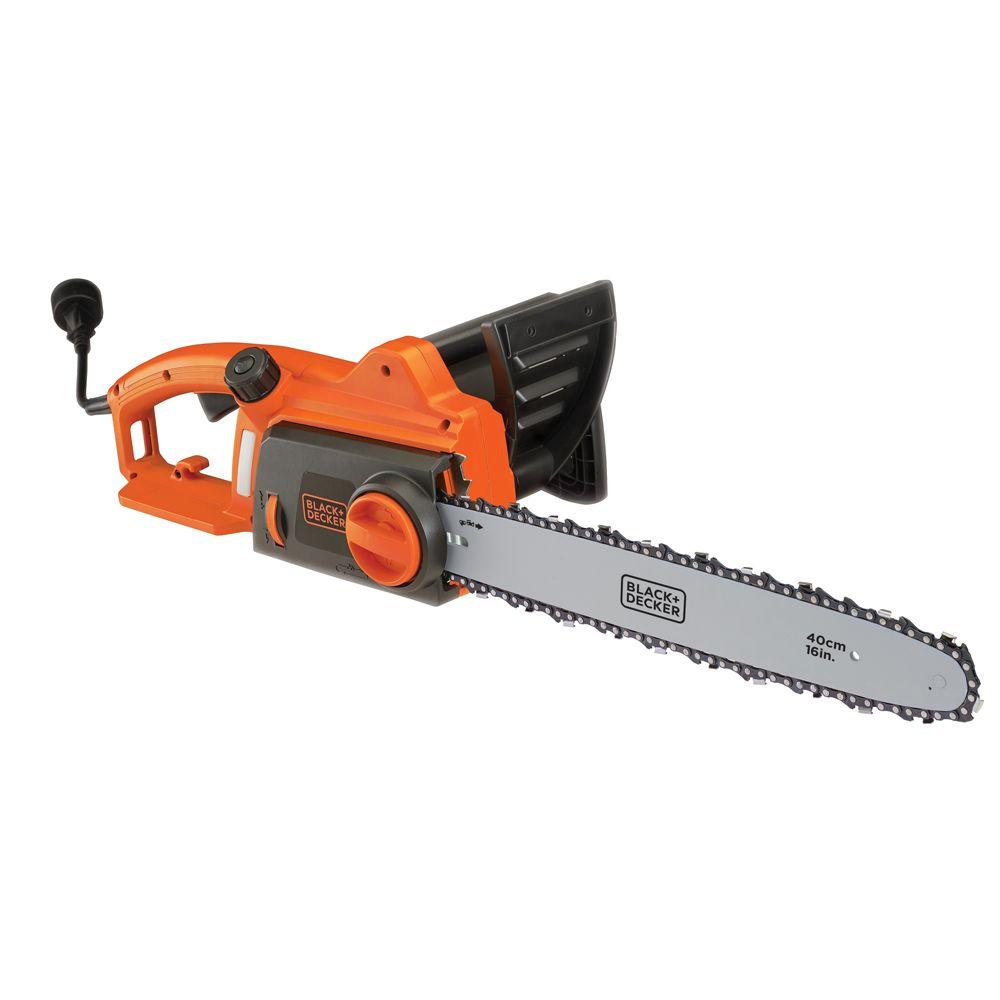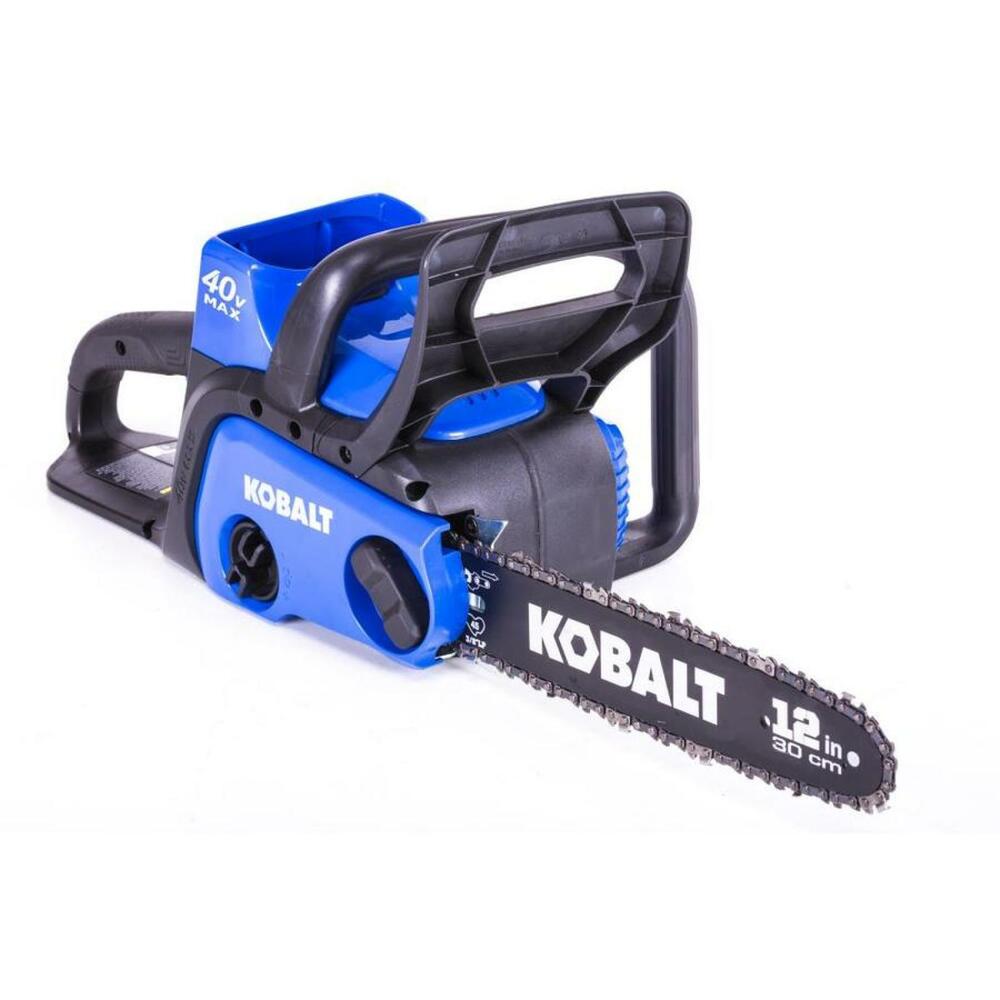History of chainsaws
Chainsaw is a portable mechanical saw, powered by either a 2-stroke or an electrical engine. Chainsaws are widely used in many spheres today: private gardening, forestry, agriculture, during relief and rescue operations.
Although forest work has always been an integral part of the human civilization, which created a huge demand for powerful and productive tools to cut and process trees, it was not until the beginning of the 20th century when the first commercial chainsaws appeared on the market, marking the tipping point in the whole lumbering industry.
The first portable chainsaw appeared in 1918, when James Shand patented his invention and presented it to the world. From thereon the instrument has been further developed and improved by various companies and engineers (Joseph Buford Cox, Wolf, Westfelt to name a few) until in 1926 the first electrical chainsaw was introduced by Andreas Stihl. Then it took less than a year to develop the first petrol chainsaw and about 25 years to provide the very first portable one-man operated chainsaw.
Today, looking back at all those first heavy and cumbersome chainsaw models we can fully comprehend the level of progress of the engineering mind that has resulted in modern light, powerful, ergonomic and efficient instruments.
Types of chainsaws
So, you have made up your mind to buy a chainsaw – but this can be quite a confusing process for those, who have never used the instrument before. Before making the purchase, it makes sense to understand what main types of chainsaws are available on the market today and what their weak and strong points are.
Petrol Chainsaws (gas-powered)

This is the most popular type of the instrument, that is being widely used in such activities as tree felling, lumbering, logging, pruning, harvesting of firewood, both by amateurs and professionals.
Petrol chainsaws have 2 main advantages: they are powerful and they are mobile. Compared to other types of the instrument, a gas-powered chainsaw is equipped with a powerful engine, which can output up to 6kW or 7-8 hp. Petrol chainsaws are perfect to use in extreme conditions, during heavy works or for professional purposes.
The main disadvantages are: high cost, maintenance expenses, exhaust emissions which do not allow using the instrument indoors or in a closed environment.
Electric Chainsaws

As the name suggests, electric chainsaws require electrical power to operate. This type of chainsaws is less powerful, if compared gas-powered models, and is more susceptible to overheating. Electric chainsaws can output up to 2-3 kW of power, which is pretty enough for all types of property maintenance works: tree cutting, thinning shrubs, bushes, cutting firewood, carpentry and woodwork. Electric chainsaws are exhaust-free and make much less noise than petrol saws, which makes them a perfect solution for indoor usage and for short-term activities.
Cons:
Low power capacity, immobile, tend to overheat during long operating hours, sensitive to high humidity.
Battery powered chainsaws (cordless)

Cordless chainsaws are powered by a rechargeable battery. They have combined the advantages of both petrol and electric models: they are highly mobile and do not require direct connection to any power unit; exhaust free performance opens many opportunities for indoor usage, while low noise levels make a good advantage over gas-powered chainsaws.
However, as any battery-powered device, cordless chainsaws have very short duration time. A common battery-powered chainsaw can provide from 30 up to 100 minutes of intense work. They are also less powerful than their electric and gas alternatives.
Basically, this instrument is ideal as a supplementary instrument for a gas-powered saw or light tasks such as firewood cutting, horticulture, some minor sawing works.